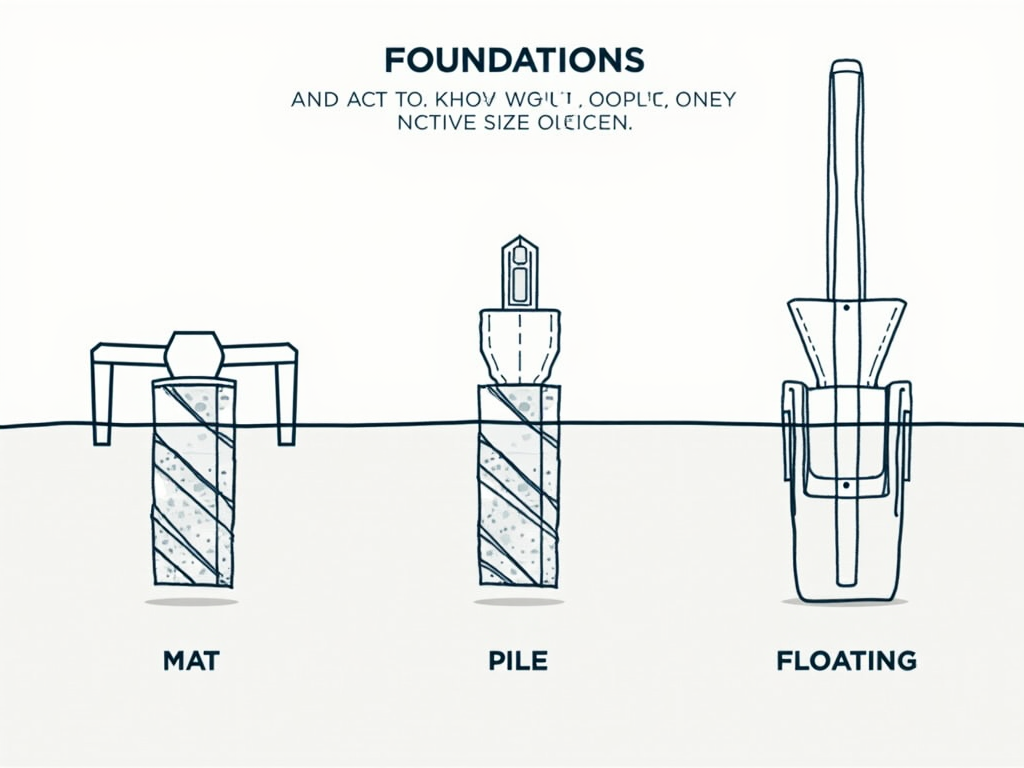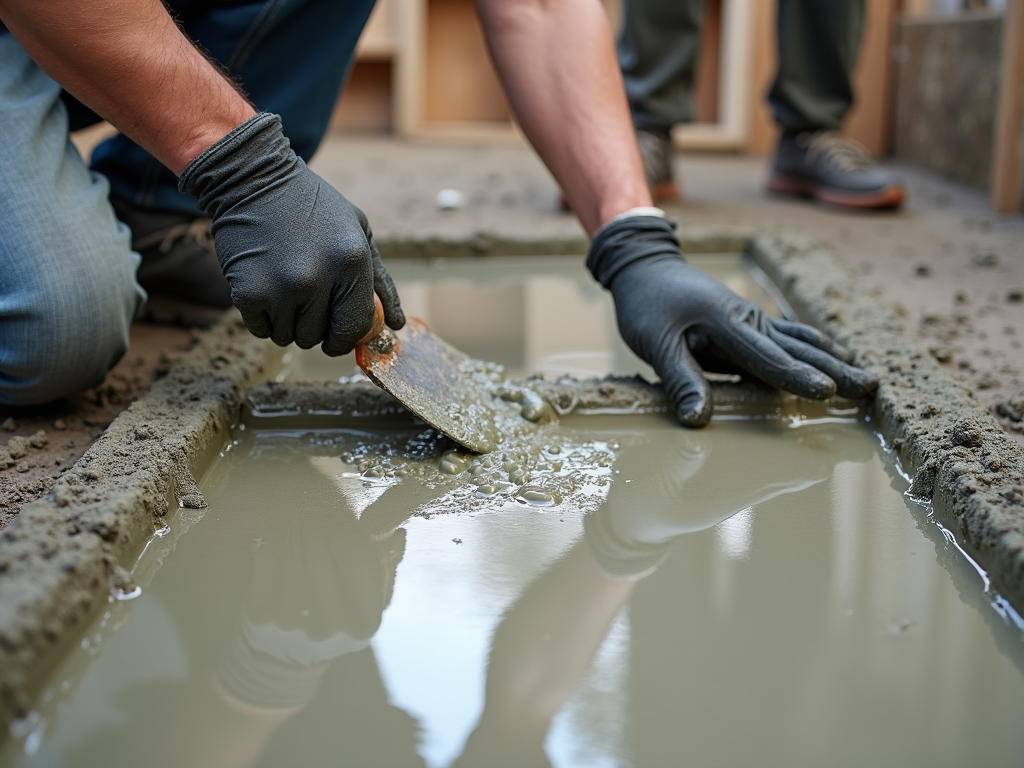Advanced Foundation Design Strategies: Building Stronger, Smarter Foundations
Foundations are the backbone of every building, bridge, or tower. They keep structures safe and steady, no matter the conditions. In this article, we’ll explore advanced foundation design strategies that solve tough challenges like weak soil or heavy loads. From mat foundations to cutting-edge methods, here’s how engineers build smarter foundations.
Why Foundations Need Advanced Strategies
A foundation’s job is simple: hold up the structure. But when the ground is soft, rocky, or shaky, basic designs won’t cut it. Advanced foundation design strategies step in to tackle these issues. They ensure buildings stay upright, even in earthquakes or floods. It’s about creating a strong base that lasts.

What Are Mat Foundations?
Mat foundations, sometimes called raft foundations, are a popular choice in advanced foundation design. They’re big, thick concrete slabs that spread a building’s weight over a wide area. This works great when the soil is weak or the structure is heavy. Instead of sinking, the building sits securely on this solid base.
I once helped design a mat foundation for a 20-story office building on sandy soil. Deep piles would’ve taken too long and cost too much. The mat foundation was faster and just as strong—a real win for the project.
Other Smart Foundation Techniques
Mat foundations aren’t the only option. Here are some other advanced strategies engineers use:
- Geosynthetics: These are strong fabrics or grids mixed into the soil to make it tougher.
- Soil Improvement: Mixing in cement or chemicals can firm up loose ground.
- Floating Foundations: These spread weight so evenly that the building almost ‘floats’ on soft soil.
Each method fits a specific problem. It’s like picking the right tool for the job—knowing the site makes all the difference.

Lessons from Real Projects
Real-world examples show how advanced foundation design strategies shine. The Burj Khalifa, the world’s tallest building, uses a mat foundation with deep piles. Sandy soil and strong winds made it tricky, but the design keeps it steady. Then there’s the Millau Viaduct in France—a bridge with foundations built to handle wind and earthquakes.
I’ve seen similar challenges on smaller projects. Once, we reinforced a foundation with geosynthetics for a warehouse near a river. The soil was soggy, but the fix kept everything solid.
Practical Tips for Better Foundations
Want to use these strategies? Here’s what works:
- Check the Soil First: Get a soil test to know what you’re working with.
- Plan Ahead: Think about future needs—more weight or changing conditions.
- Team Up: Talk to engineers and builders to get it right.
- Use New Tools: Keep up with materials and tech that make foundations stronger.
These steps turn good ideas into great results. It’s how you build something that lasts.

What’s Next for Foundation Design
Foundation design keeps getting smarter. New materials can adjust to shifts in the ground, and some foundations even track their own health with sensors. Sustainability is big too—think recycled concrete or designs that use less energy to build.
I’ve seen teams experiment with these ideas. On one job, we used sensors to watch a foundation settle. It gave us peace of mind and saved time on inspections.
Wrapping Up
Advanced foundation design strategies—like mat foundations and soil fixes—make structures stronger and safer. They adapt to tough sites and keep buildings standing tall. Test your soil, plan smart, and use the latest tools to get it right. A great foundation is the start of a great project.





